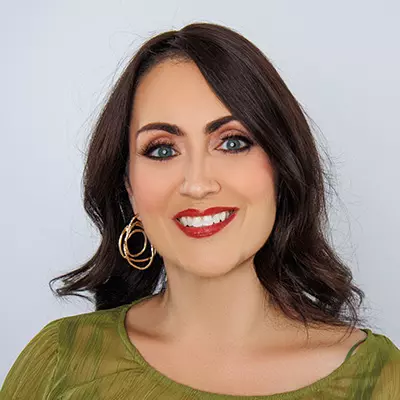Nearly everyone will experience dandruff at one time or another in their lives. And, it’s true those dry white flakes can be awkward and even embarrassing. Those big box store shampoos and treatments can help, but only to a point. For some sufferers, long-term dandruff presents an even bigger problem. Dandruff is the result of the overproduction of skins cells on the scalp and it is labeled, most commonly in two forms – dry dandruff and oily dandruff. Most individuals who have dry dandruff, also experience oily dandruff at some point. Both types are caused by similar factors – genetics or the environment – but each requires a separate treatment to combat successfully.
Dry Dandruff and Oily Dandruff Explained
Dry dandruff and oily dandruff vary in presenting symptoms and overall severity. Dry dandruff presents with white or gray flakes, with the appearance of scales. These flakes fall easily from the scalp when touched. As you might expect, dry dandruff is found on scalps that are dry. Oily dandruff presents with yellow oily flakes. Often oily dandruff is more apparent, as the flakes stick together and so appear larger. Oily dandruff is found on oily scalps.
The Why of Dandruff
Like hair follicles which go through a growth, resting, shedding cycle, your body replaces a layers of skin every month. Your activities and a little exfoliation remove the upper layer after each replacement. Dandruff happens when your scalp’s cell replacement process is too short. The replacement layer occurs ahead of schedule, causing shedding of the previous layer, resulting in dandruff. Known as hyperproliferation, the overactive scalp condition can find its root in environmental or genetic causes. Some individuals are born with a propensity for hyperproliferation, while others get it as a result of stress, diet, a yeast infection (Malassezia), and even the weather. Whatever the cause, dandruff may be the result.
Understanding Dry Dandruff
If you are experiencing dry dandruff, your scalp is overproducing new skin layers and shedding old layers rapidly. You see flakes, in the form of those pesky white flecks. There’s also the itching, which is often more of a nuisance than the dandruff flakes. The itching associated with dry dandruff is natural, as your scalp produced new skin and works to rid itself of the old skin layer. The solution for dry dandruff is relatively simple – use a gentle shampoo and massage your scalp daily to loosen those white flakes. Remember not to over-scrub, but simple exfoliate to make room for the new skin layer.
Understanding Oily Dandruff
When your scalp is oily and overproducing layers of new skin, it is difficult for the dandruff flakes to fall away. In fact, the oil in the scalp actually holds the old, dead skin cells in place, preventing the tell-tale flaking. Oily dandruff, scientifically known as Seborrheic Dermatitis, appears yellow and scaly on the scalp and can even extend to the forehead, eyebrows, eyelids, and even ears. More common in the winter months, oily dandruff can cause bigger problems if left untreated. Like dry dandruff, treating oily dandruff begins with the proper shampoo, along with massaging the scalp. The cause of the oily dandruff determines further treatment for the oily scalp and the dandruff. Often, when oily skin is part of the problem, shampoos and cleanser designed to remove oil from the affected areas can help, followed by reducing dandruff with gentle scalp massage and exfoliation. If you are experiencing dandruff and suspect something more serious, contact your dermatologist before proceeding.
Mane Image Hair Restoration Can Help with Scalp Health
If you are experiencing dandruff in either of its common forms, call on Mane Image where scalp health is our priority. If dry or oily dandruff or other scalp issues have caused hair loss or thinning, we can provide proven solutions personalized just for you. Contact us today to schedule your FREE confidential consultation.











